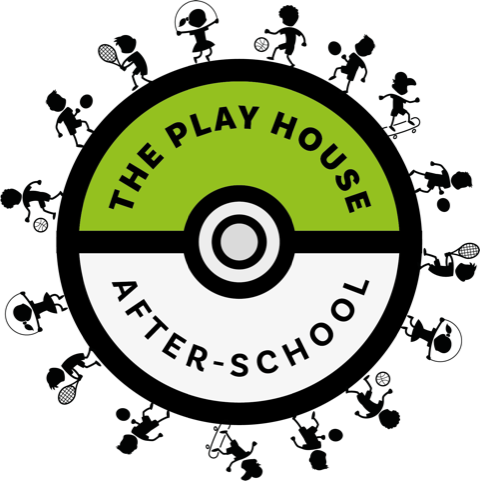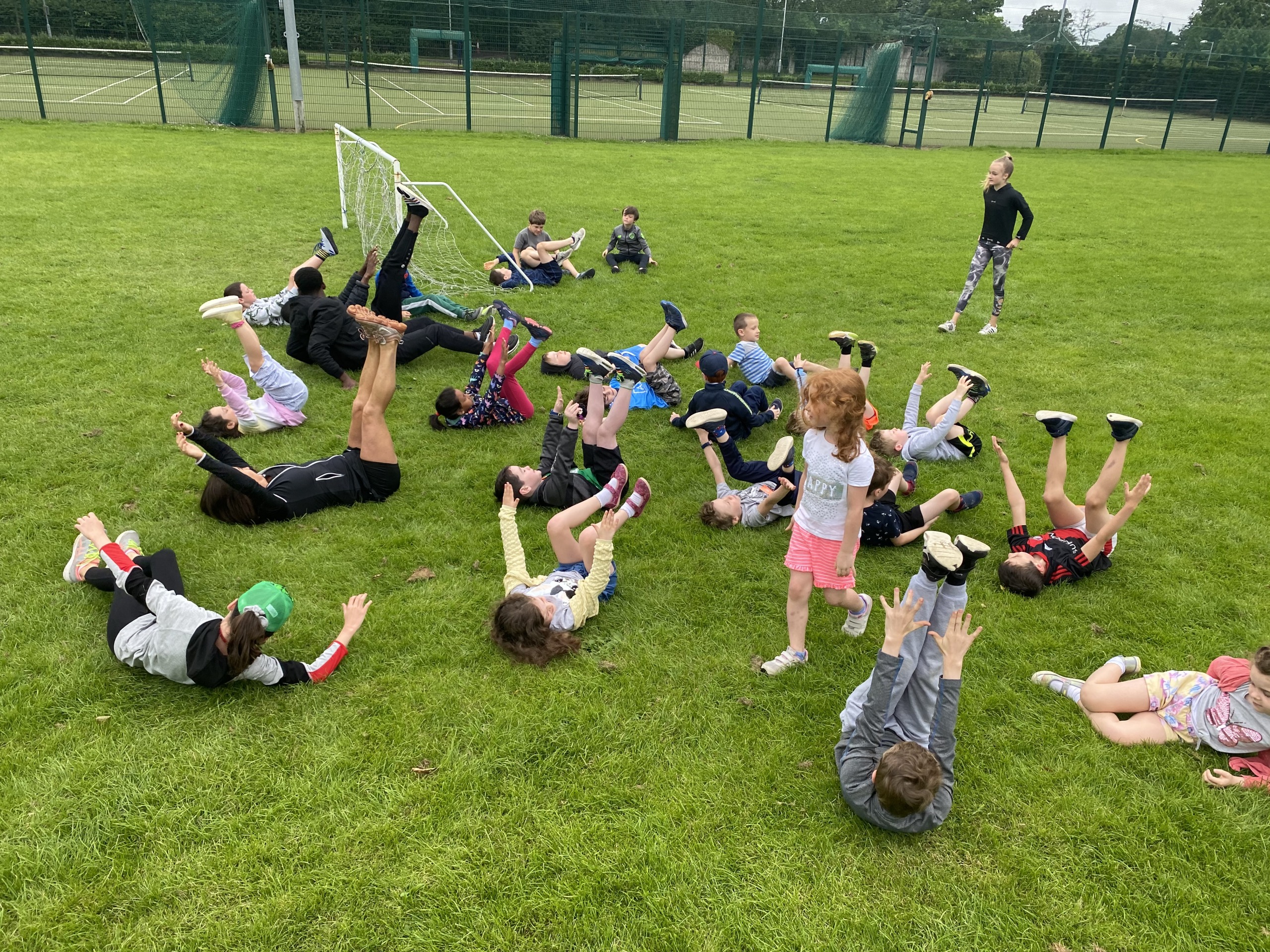Movement is one of the most important aspects of a young child’s life. Most early interactions involve movement. This is true for all children, including children with autism spectrum disorders and other disabilities. It is true that all children progress through developmental motor sequences, however some may move at a slower, more awkward or uneven rate. It is important for adults who are beginning to instruct a child who moves more slowly or awkwardly to understand the child’s abilities. Children with disabilities, who may move differently, are more similar to normally developing children than different.
- Both groups are children, often of the same chronological age.
- Both groups move during their lives. Sometimes the movements aren’t the same, but they all move to some degree and at some level of proficiency.
- Both groups process information.
- Both groups have self concepts that need to be enhanced through movement experience.
- Both groups have feelings.
- Both groups need attention.
- Both groups have common movement goals, that is, to improve their motor proficiency.
- Both groups need to feel wanted and loved.
- Both groups include children who vary in their individual motor ability.
How to Change the Games Children Play
Keeping abilities in mind, and considering how vital motor skills are for the continued development of children while rethinking the motor program for all young children is an excellent idea. Motor activities are a valuable component of all early childhood education programs. Parents, teachers, or even friends should initiate play at the level which will enable the child to participate safely and successfully. As the child becomes more comfortable and competent with the activity, the expectations can be changed to allow for more challenges. Since all children like to succeed and to feel competent, careful attention to skill level and ability would help ensure a positive motor experience. It is not fun for anyone to fail.
Movement can help children develop, not only motorically but emotionally and socially as well. Their well-being can be greatly enhanced if they are given simple foundations in all areas during their early years. These foundations will carry through as they continue to develop and learn at home and at school. In physical education (motor) programs, the social, communication, emotional, and cognitive skills of children are “exercised” as well as their motor skills. Playing interactive games develops social interaction and communication skills while working on motor development. Problem- solving or cognitive skills such as counting, identifying colors, or learning body parts, are stimulated during games. Participation in motor activities with peers who are accepting influences friendships, and the social and emotional growth of all children.
Children with autism spectrum disorders and other disabilities can improve their motor skills, just as typically developing children do. The most effective way to improve motor skills is to practice and utilize motor skills. The development of a gross motor program that includes all children doing a variety of skills and activities is an important aspect of a young child’s life. Although adaptations to equipment or rules may be needed, what children with disabilities need most is challenge, encouragement to try, reinforcement for their success, and involvement in the decision making process about what they want to do.
Young children can benefit from many different motor activities. Broad categories of possible activity areas include physical fitness, basic motor skills, dance and music, individual and group activities, and cooperative games. Within each category, activities can be simple, short, and promote success for all children involved. Physical fitness may involve simple stretching, bending, twisting, and other body movements. Some imaginative activities such as bear walking or other animal walks can encourage movements created by the child.
Basic motor skills include activities such as walking, running, jumping, climbing and ball skills to name a few. A simple way to include a variety of basic motor skills is to create an obstacle course. The children can go through, in, over and under obstacles; throw balls at a target, and jump over a rope or crawl under a rope (if they are in a wheel chair). Some equipment to use for basic motor skills are air mattresses, cones, mobiles, balance beams, balloons, balls, bean bags, hoops, mirrors, rattles, ropes, targets, tires, and tunnels. When practicing basic motor skills, the emphasis should be on attempting the activity, rather than on the correctness of the movement.
Dance and music can be done by listening to the radio or children’s music. Public libraries often have a children’s music section. Encourage children to move in whatever manner they want as the music plays, either individually or in groups. The adults should also participate by moving with the music so children have a model. This will help them believe that moving/dancing is good to do.
Cooperative games and activities help children learn how to work and play together rather than always compete. One example of a game is “Beach Ball Balance” in which two or more children hold the beach ball between them without using their hands. They hold it back to back, head to head, head to shoulder, etc. An excellent resource book for cooperative games is Cooperative Sports and Games Book by Terry Orlick.
Adapting the motor program when needed, can benefit all children. All children may need basic motor skills, games, or movement activities broken down into manageable components. Games and skills should be modified to make activities safe and successful. Children can practice adapted components of balance, locomotor, and manipulative skills during a motor program. This is important because each of these skills contributes to children’s performance in other types of activities. Activities should be geared to the abilities of the children rather than the children having to adapt to the game or activity. Adaptations are often necessary when planning a motor activity. Some suggested adaptations are reducing the playing areas, using larger equipment, changing rules, shortening the duration of the activity, providing frequent rest periods, using lighter equipment, simplifying the activity, and slowing the pace of the activity. In other words, the entire environment should be geared to safety and success.
Expectations or materials may need to be adapted as well. This may mean removing the competitive aspects, decreasing the number of repetitions, slowing the tempos on musical activities, decreasing the emphasis on accuracy, and using motivators during the activity.
Young children do not have the need for highly complicated motor or play activities. They are learning at the very basic and fundamental level, and activities can be very simple and singular in nature. There is not the need for competition or highly organized games. Less organized, slower paced, and more exploratory activities are very appropriate for young children.
Children need opportunities to practice motor skills and to have interested adults and other children participate with them. Simple activities can help achieve long reaching skills that can assist a child in later life. It is important to remember that during movement activities, the whole child benefits, not simply the arms, legs, and lungs. Therefore including children with autism spectrum disorders and other disabilities in movement activities can be a starting point for further development in many other areas.
Research
Davis, K. (1997). The value of movement activities for young children. The Reporter, 2(3), 1-3.
Contributed by Kim Davis
-End
I always like to hear your opinions. Please comment below or email me antonio@theplayhouseafterschool.fun, if you don’t have anything to add then please forward this on to someone who might find it interesting!
Thanks for reading. I’m also on twitter @theplayhouse also my football specific page @Coachdiary and Instagram @theplayhouseafterschool


